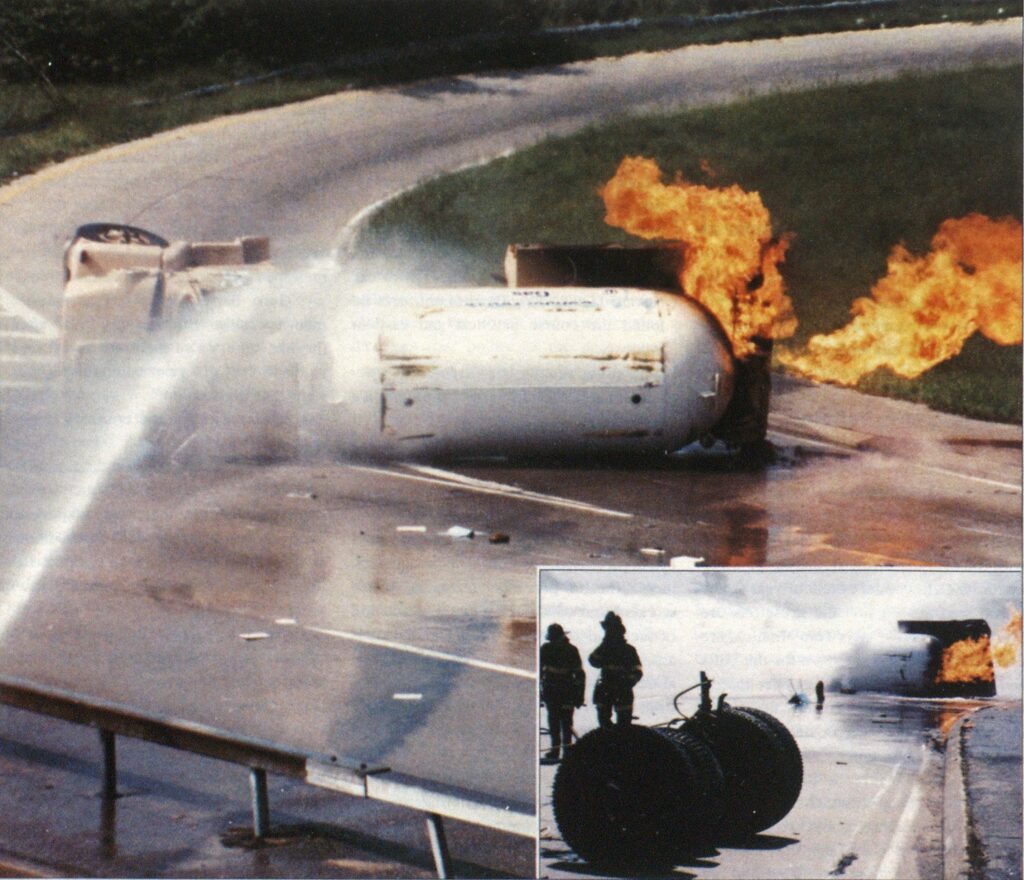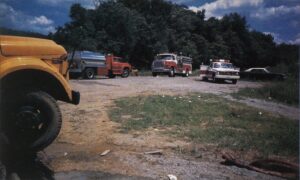Juvenile firesetters to be focus of biagency study
A federally sponsored study on juvenile firesetting will examine the whole problem, from the initial act of arson through the court system and to the counseling of young arsonists. The National Juvenile Firesetter/Arson Control and Prevention Program unites two federal agencies in the fight against juvenile arson: the United States Fire Administration and the Office of Juvenile Justice and Delinquency Prevention.



